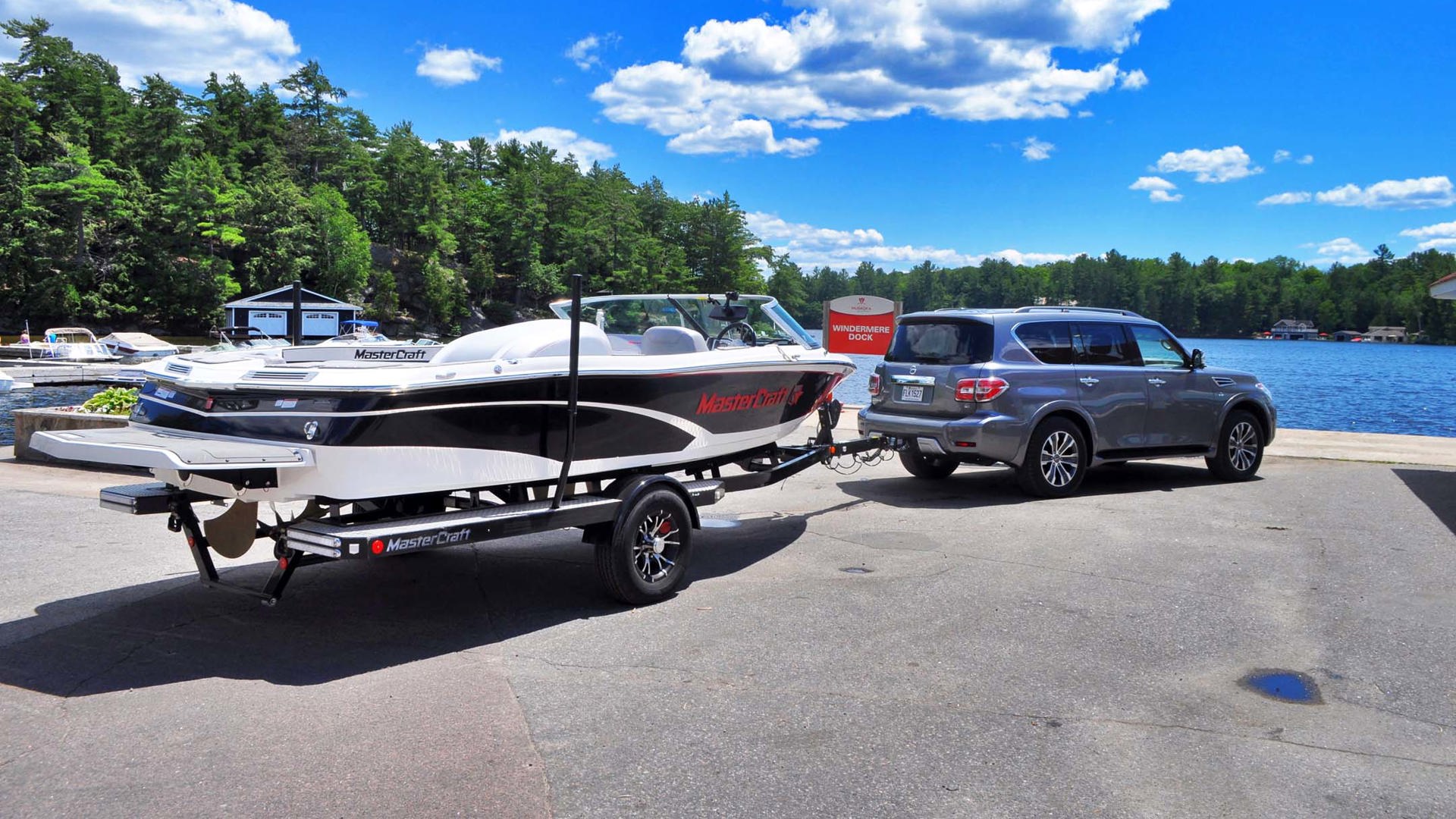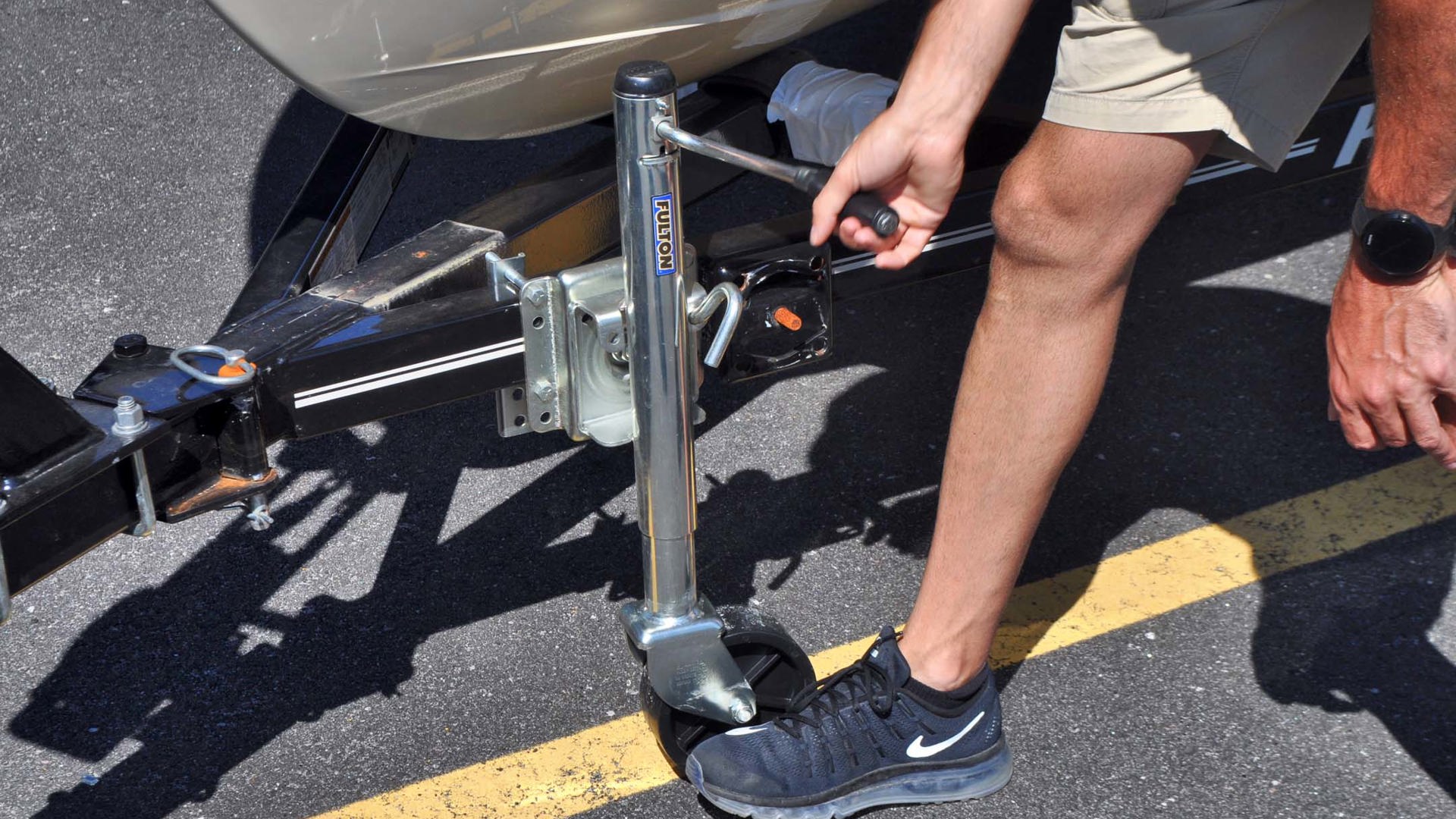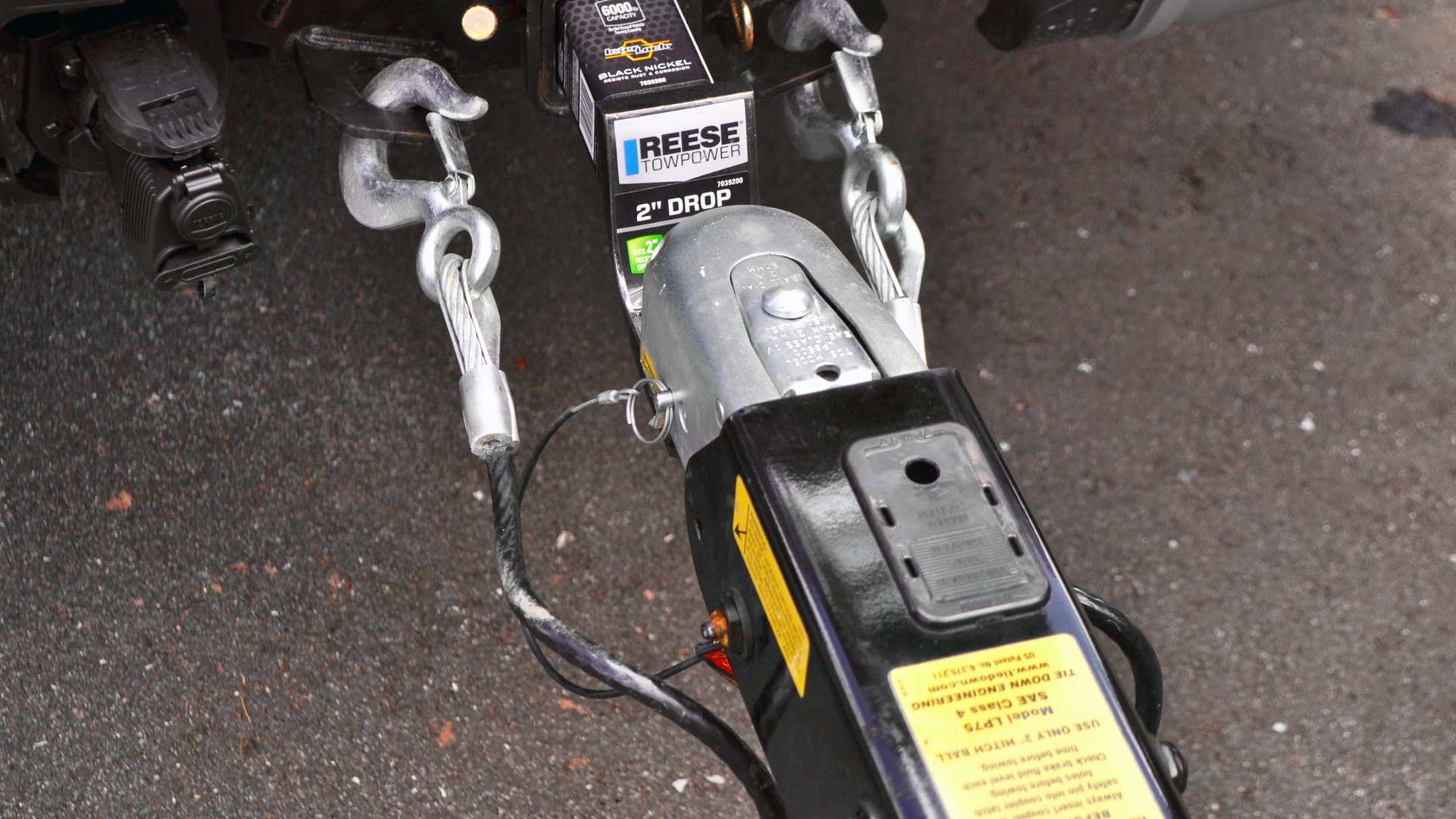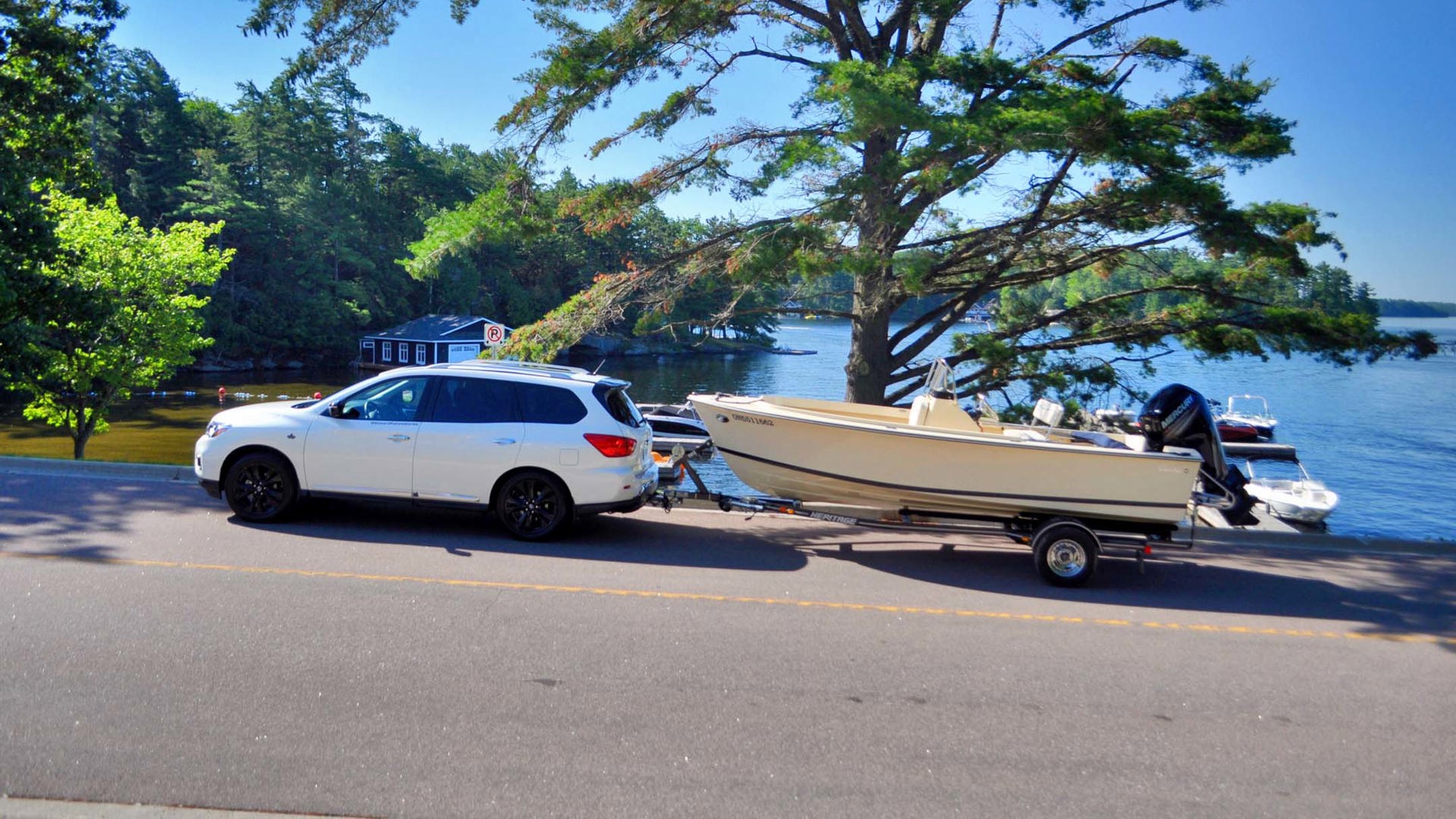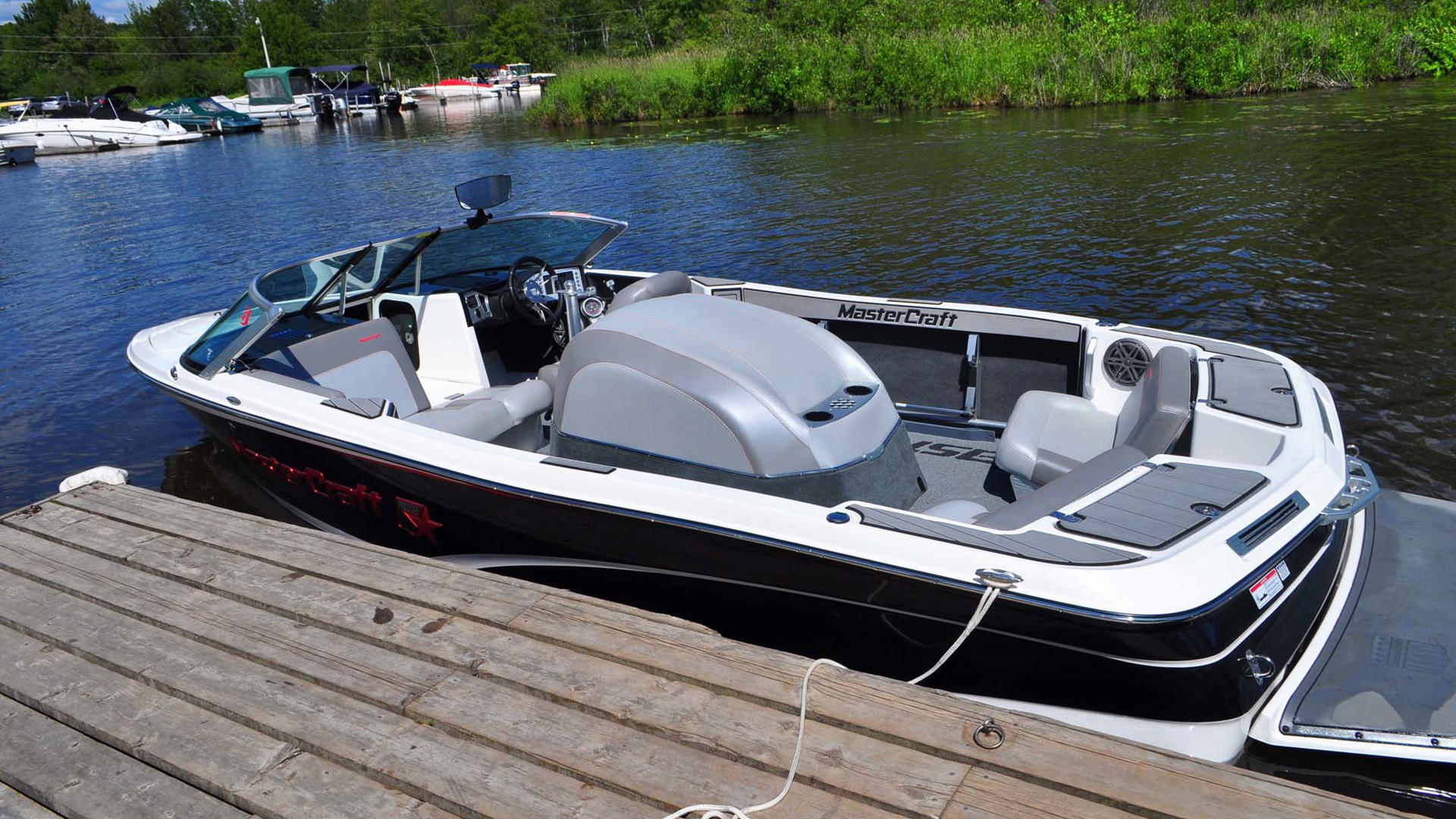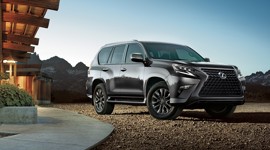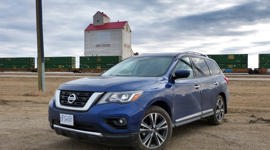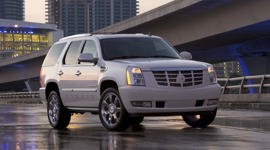MUSKOKA LAKES, ON – The goal seemed simple enough: head out with various unladen but tow-hitch-equipped Nissan trucks and SUVs to practice – or learn – how to properly tow a boat. And then practice – or learn – how to safely navigate that boat into and around the water around picturesque Muskoka Lakes.
The easy part was learning the towing. The much more time-consuming portion was getting the boat licence now required to operate a boat or personal watercraft in Canada.
Our first vehicle was the 2017 Nissan Armada, a hulking brute of an SUV that’s all-new for this year – no longer based on the Titan platform, but rather the Patrol SUV as it is known in other markets. With room for seven or eight passengers, it’s powered by a standard 5.6L V8, the same as the larger Titan pickup. No monkeying around with turbo sixes or turbo anything here – big-bore muscle is the order of the day, with 390 hp and 394 lb-ft of torque on tap to tackle the work at hand, and a max towing rating of 8,500 pounds (3,856 kg).
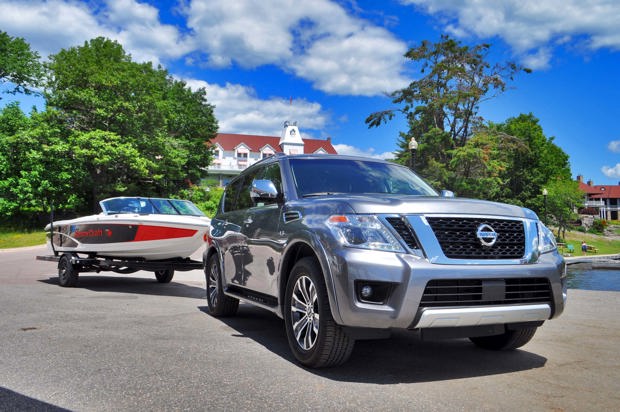
Its work involved towing a roughly $120,000 Mastercraft Prostar ski boat, which added roughly 3,500 lb (1,588 kg) for the Armada to deal with on the way up to the popular Muskoka region of Ontario cottage country. The process of attaching the boat-laden trailer was relatively simple, as demonstrated by the folks at BOATSmart, a private company and partner of Nissan that has a deal with the federal government to administer boating education and licences, through online learning tools and at various boating events.
We learned that the Armada doesn’t have the handy centre-line visual aid in its back-up camera that the Titan has, designed to precisely line up the centre of the vehicle’s hitch ball with the trailer tongue. But between the Armada’s large and clear back-up camera and its large window area that helped us heed our spotter (not necessary, but highly recommended) and their hand signals, it was relatively simple to line up the big beast properly.
Once the hitch ball is directly below the trailer’s coupler, it can be lowered by hand-cranking the trailer down onto the hitch ball, then securing it with a lock or a cotter pin. From there it’s time to make sure the boat’s securely strapped to the trailer, as kinetic forces will be applied soon. Attach your winch cable to the bow eye of the boat; cinch on your safety chains, which work as extra insurance to prevent separation from your precious cargo; and then plug in the trailer’s lighting harness just under the bumper.

The lighting harness carries your brake signal to the brake lights behind the boat, so you’ll want your spotter to double-check it’s connected properly and working. Nissan offers a Remote Trailer Light Check system that allows you to check these without a spotter, though we didn’t see it in action, and can’t find any info on it in the Armada’s materials, so we suspect it may be a Titan-specific feature as well.
Driving the Armada with this boat and trailer attached was an eye-opener, but strangely not as different as expected, besides the pointy bow filling up your rear-view mirror. Acceleration was duller, sure, but not noticeably lethargic, especially once you get moving, though we were certainly also driving more carefully with a 20-foot waterskiing vessel that doesn’t take the same line as your vehicle around corners. Taking tight turns and navigating parking lots are likely the biggest challenges of driving with a large trailer behind you, though we did also miss the utility of the back-up camera.
Of course, accelerating slowly and using a wider turning radius are part of the recommended driving tips provided by BOATSmart. But perhaps the most notable guideline was their recommendation to brake much earlier, and to keep your head up to avoid late braking, which is takes much more distance with a trailer. That said, my driving partner had one unexpected turn come up, and the Armada handled near-emergency braking with a large trailer from roughly 60 km/h totally drama-free.
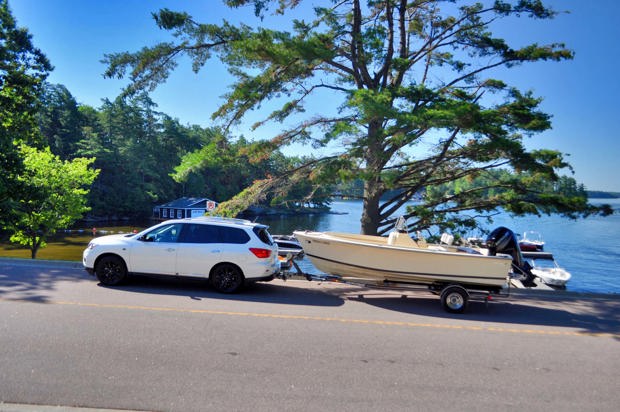
Our second towing stint was in a smaller but still three-row Nissan Pathfinder, which we were told could handle the large Mastercraft Prostar, even with its much smaller and more fuel-efficient 3.5L V6. That engine is revised for 2017, now with direct injection and some other tweaks that push horsepower up to 284 from 260, while torque increases to 259 lb-ft. That extra oomph down low helps it increase its maximum towing capacity to 6,000 pounds (2,722 kg) when properly equipped, which Nissan says now leads its class of three-row family haulers, such as the Toyota Highlander and Honda Pilot, a segment in which most entrants max out at a towing capacity of 5,000 pounds (2,268 kg).
The smaller and lighter 17-foot Rossiter powerboat we towed with the Pathfinder came in weighing roughly 2,340 lb (1,062 kg). Its V6 seemed a touch more strained than the big V8 when first pulling away, but since we were driving carefully regardless as newbie towers, it certainly wasn’t something that cramped our driving style much, if at all.
In fact, if I had to choose a hauler to live with, I’d likely opt for the less powerful if much more fuel-efficient Pathfinder: with both offering three rows and lots of utility, the Pathfinder 4WD’s overall 10.7 L/100 km average is way more reasonable than the thirsty Armada’s 15.4 L/100 NRCan estimate.
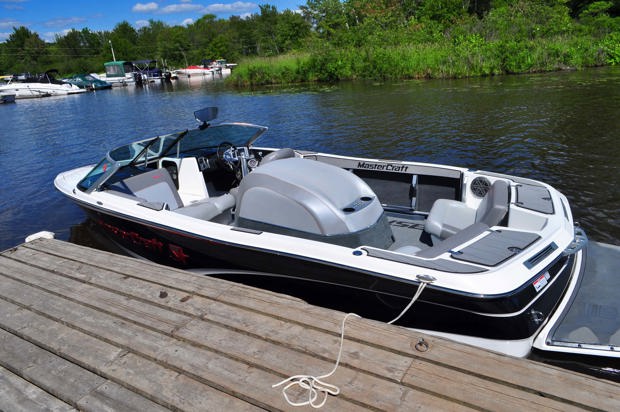
Now, about that boating licence. A requirement for safety reasons in all provinces, it’s a one-time, multiple-choice test that can be done online through a variety of online vendors, including BOATSmart. The company advertises it as a three-hour online course, but in reality, you’ll want to budget at least twice that amount of time – maybe more if you’re trying to study late at night, or with multiple distractions around you.
The course is split up into seven sections, each made up of 20 to 40 videos, ranging in time from roughly 45 to 90 seconds per video. You watch the videos, then complete a quiz at the end of each section – fail that quiz, and you have to watch all 20 to 40 videos over again. It’s basically the online equivalent of having to read through every page in the boating manual, and if you didn’t pay enough attention, your invisible teacher would make you read it all again.
At the end of watching all the videos (no fast-forwarding allowed), and passing all the module quizzes, you are then directed to a special Transport Canada site for an overall boating knowledge test that will actually give you your licence.
There is still an actual book available to study from, and some boating fans may find it quicker and easier to do it the old-fashioned way: study the book, and go to a boat show or other location or event where the test is administered. Either way, the licence lasts for life; and since the knowledge test covers safety from behind the wheel with a trailer as well, it’s certainly worth the time it takes to study for the test and acquire the licence.
